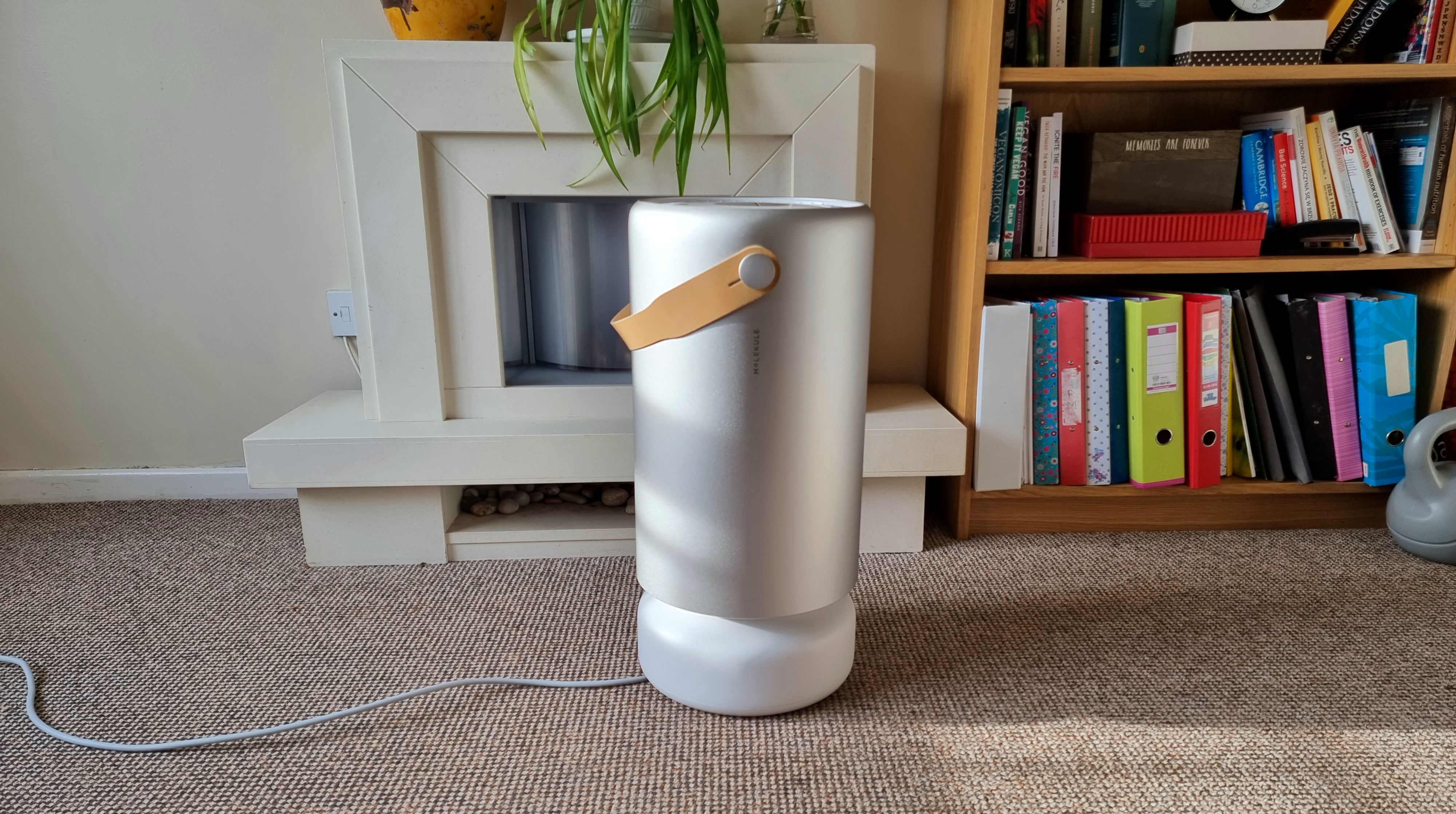Photonics, Vol. 10, Pages 1198: Application of W-Doped VO2 Phase Transition Mechanism and Improvement of Hydrophobic Self-Cleaning Properties to Smart Windows
Photonics doi: 10.3390/photonics10111198
Authors: Xiaoxian Song Ze Xu Dongdong Wei Xuejie Yue Tao Zhang Haiting Zhang Jingjing Zhang Zijie Dai Jianquan Yao
A passive responsive smart window is an emerging energy-saving building facility that does not require an active energy supply due to its passive excitation characteristics, which can fundamentally reduce energy consumption. Therefore, achieving passive excitation is the key to the application of such smart windows. In this paper, VO2 is used as a critical raw material for the preparation of smart windows, and we researched the feasibility of its phase transition function and hydrophobic self-cleaning function. VO2 has the characteristic of undergoing a reversible phase transition between metal and insulator under certain temperature conditions and can selectively absorb spectrum at different wavelengths while still maintaining a certain visible light transmission rate, making it a reliable material for smart window applications. The one-step hydrothermal method was used in this work, and different concentrations of tungsten (W) elements were utilized for doping to reduce the VO2 phase transition temperature to 35 °C and even below, thus adapting to the ambient outdoor temperature of the building and enabling the smart window to achieve a combined solar modulation capability of 14.5%. To ensure the environmental adaptability and anti-fouling self-cleaning function of the smart window, as well as to extend the usage period of the smart window, we have modified the smart window material to be hydrophobic, resulting in an environmental surface contact angle of 152.93°, which is a significant hydrophobic improvement over the hydrophilic properties of inorganic glass itself. The realization of the ideal phase transition function and the self-cleaning function echoes the social trend of environmental protection, enriches the use of scenarios and achieves energy saving and emission reduction.

 6 months ago
20
6 months ago
20


